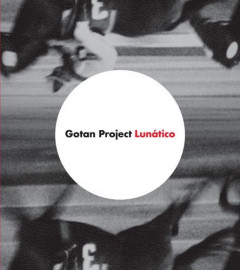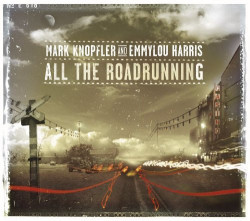[via Mercer]
Wow, it seems that we are not the only one in ecenter solutions thinking that Zurich is a *great* city :-)
How it works
The analysis is part of an annual World-wide Quality of Living Survey, covering more than 350 cities, to help governments and multinational companies place employees on international assignments. Each city is based on an evaluation of 39 criteria, including political, social, economic and environmental factors, personal safety and health, education, transport, and other public services. Cities are ranked against New York as the base city, which has an index score of 100.
Ranking
Zurich ranks as the world’s top city for quality of living, according to a survey by Mercer Human Resource Consulting. The city scores 108.2 and is only marginally ahead of Geneva, which scores 108.1, while Vancouver follows in third place with a score of 107.7. In contrast, Baghdad is the lowest ranking city in the survey, scoring just 14.5.
Europe and Middle East
Almost half the top 30 scoring cities are in Western Europe. In this region, Vienna follows Zurich and Geneva in 4th position with a score of 107.5. Other highly-rated cities include Düsseldorf (107.2), Frankfurt (107.0) and Munich (106.8) in positions 6, 7 and 8 respectively. Athens remains the lowest scoring city in Western Europe, scoring 86.8 at position 79.
London is the UK’s highest ranking city and is stable at position 39 (score 101.2). The two other UK cities covered in the survey are Birmingham and Glasgow, which both score 98.3 and climb one place to joint 55th position.
Dublin has dropped two places to 24th position, scoring 103.8, mainly due to increased traffic congestion.
As predicted, cities in Eastern Europe such as Budapest, Ljubljana, Prague, Vilnius, Tallinn and Warsaw continue to benefit from incremental score increases and are gradually climbing the rankings.
Americas
Honolulu, the highest ranking city in the U.S., drops two positions to 27th with a score of 103.3. San Francisco remains at 28th position and scores 103.2. Boston, Washington, Chicago and Portland follow in positions 36, 41, 41 and 43 respectively (scores 101.9, 100.4, 100.4 and 100.3) while Houston remains the lowest ranking city in the U.S. at position 68 (score 95.4). Overall, U.S. cities continue to slip slightly or remain stable in the rankings, except Chicago which has moved up 11 places due to decreased crime rates.
Asia Pacific
Auckland and Wellington have both moved up the rankings from 8th to 5th and 14th to 12th places respectively, mainly due to strong internal stability relative to other cities, while Sydney remains at position 9 with a score of 106.5.
In Asia, Singapore ranks 34th (score 102.5) followed by Tokyo, Japan’s highest scoring city, at position 35 (score 102.3). Hong Kong’s modern and efficient infrastructure, including its airport (which is considered one of best in the world), has pushed it up from 70th to 68th position with a score of 95.4.
The top-ranking city in China is Shanghai in 103rd place (score 80.1).










